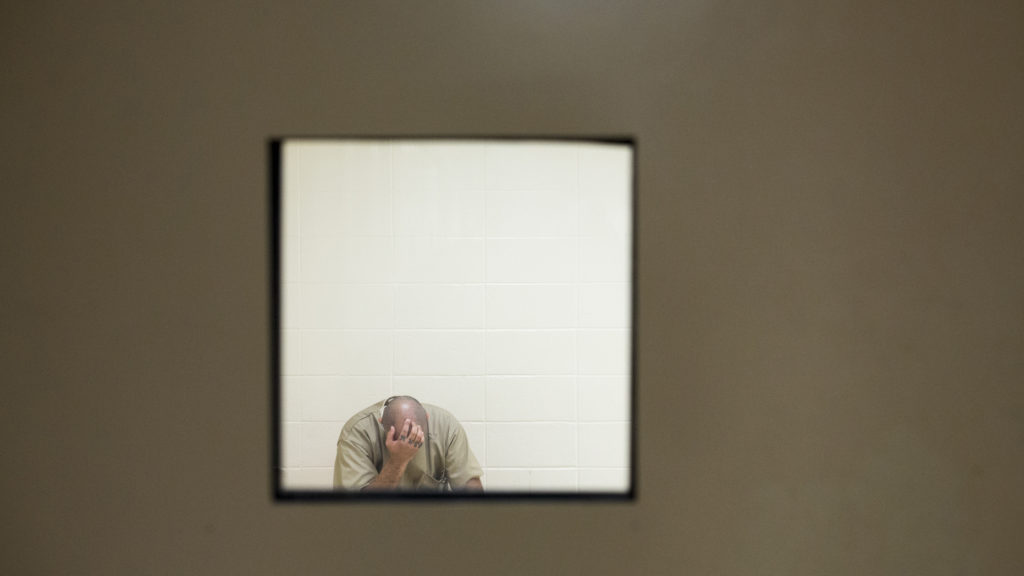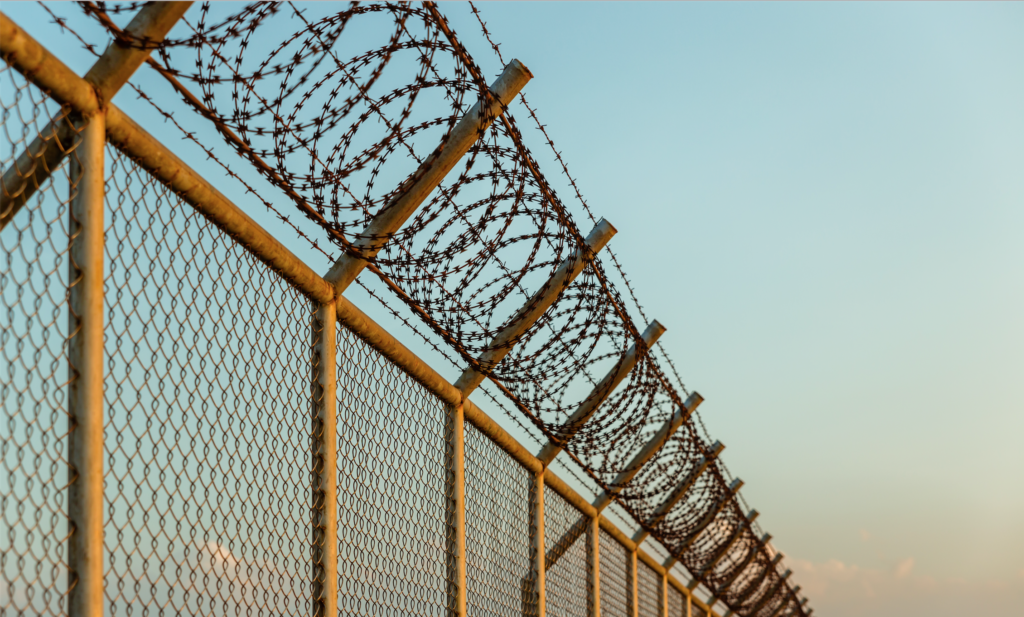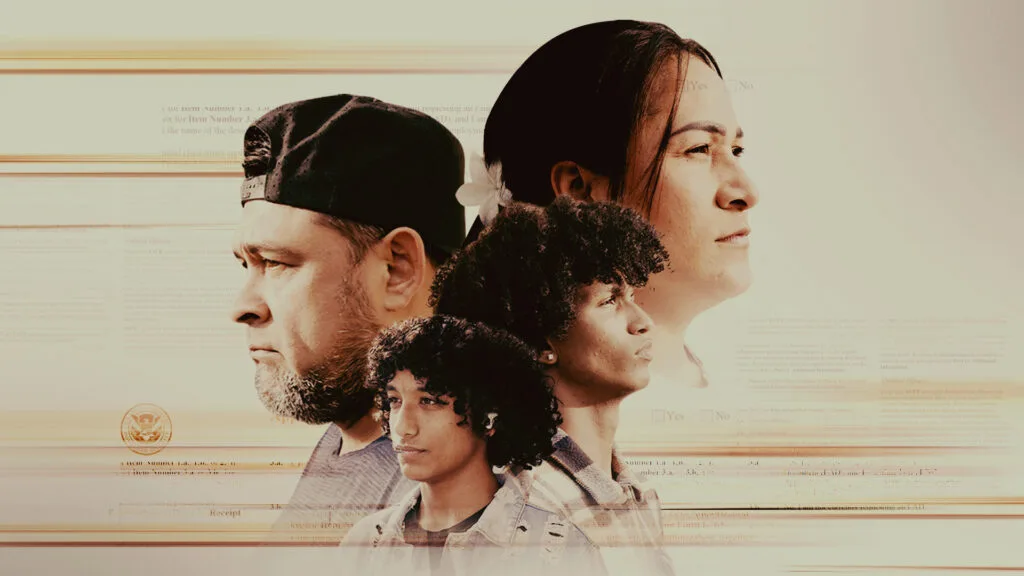She’s His Rock. His Parole Officer Won’t Let Him See Her.

July 16, 2017
Share
As prison populations drop, the number of parolees is increasing — people with layer upon layer of disadvantages that often date back to early childhood. For more than a year, FRONTLINE and The New York Times followed newly released prisoners as they tried to find homes and jobs, reconnect with loved ones and avoid temptation, sometimes discovering that the system created to help them can also hold them back.
One of them could not buy his daughter a Christmas present even though he was working because the halfway house where he lived controlled his spending; another, renting her own apartment, was told her boyfriend could not spend the night.
For their part, parole officers were making difficult calls about the best interests of their charges, while navigating safety rules such as the one that affected Erroll Brantley Jr.: no contact between parolees and their past victims. For Brantley, that meant not seeing the love of his life.
Read the full story from The New York Times here and watch Brantley’s story unfold in the below scene from the new FRONTLINE documentary, Life on Parole.
Related Documentaries
Latest Documentaries
Related Stories
Related Stories
Policies
Teacher Center
Funding for FRONTLINE is provided through the support of PBS viewers and by the Corporation for Public Broadcasting. Additional funding is provided by the Abrams Foundation; Park Foundation; the John D. and Catherine T. MacArthur Foundation; and the FRONTLINE Journalism Fund with major support from Jon and Jo Ann Hagler on behalf of the Jon L. Hagler Foundation, and additional support from Koo and Patricia Yuen. FRONTLINE is a registered trademark of WGBH Educational Foundation. Web Site Copyright ©1995-2025 WGBH Educational Foundation. PBS is a 501(c)(3) not-for-profit organization.




















